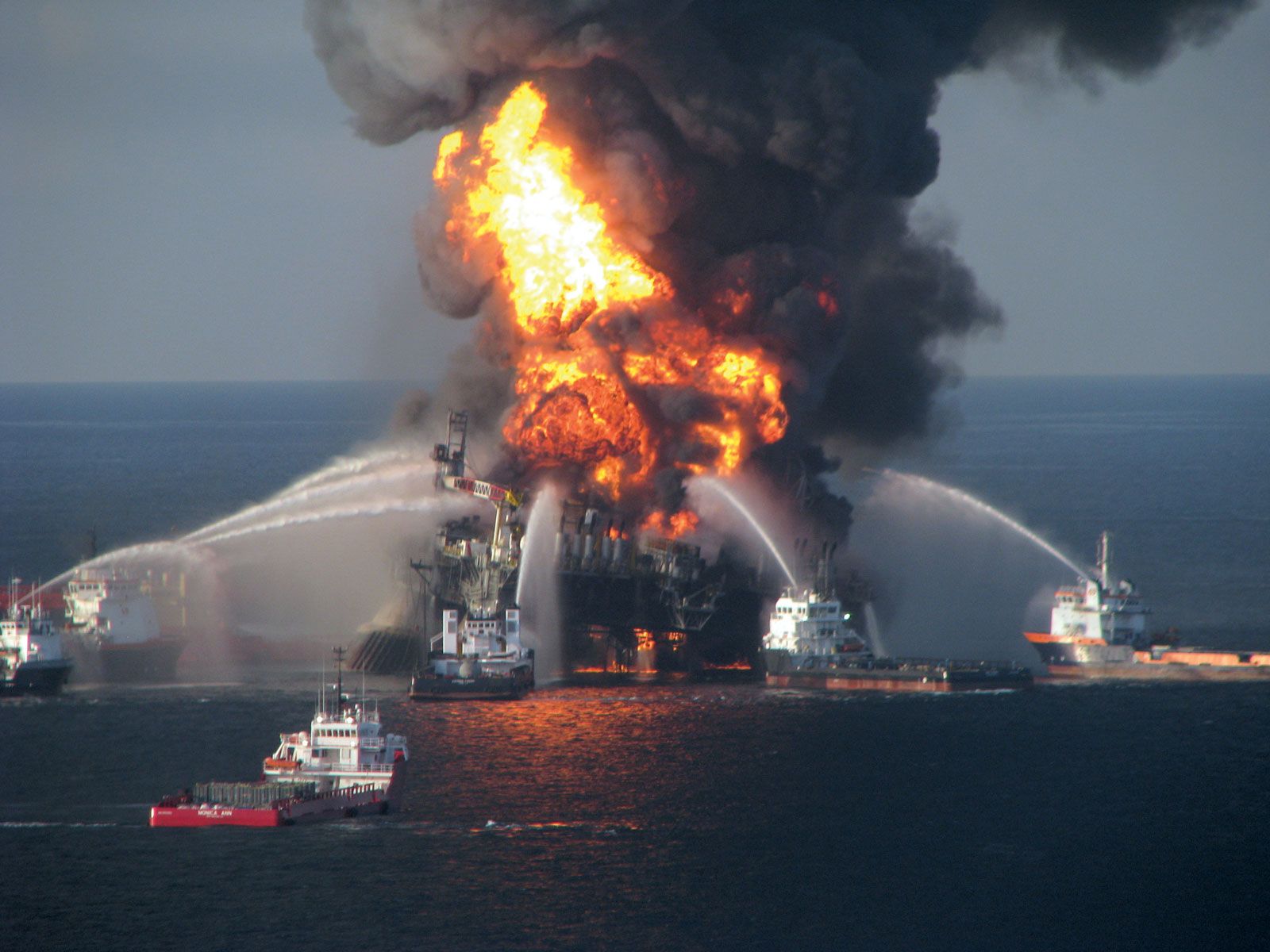Elijah Simmons is an environmental lawyer who writes about the legal ramifications of oil spills. His articles shed light on the legal battles that follow these environmental disasters.
The Deepwater Horizon incident, often referred to as the BP oil spill or the Gulf of Mexico oil spill 2010, is one of the most significant oil spills in U.S. history. On April 20, 2010, a semi-submersible drilling rig operated by British Petroleum (BP) exploded in the Macondo Prospect oil field, located in the Mississippi Canyon sector of the Gulf of Mexico.
This catastrophic event resulted in the largest marine oil spill ever witnessed, with an estimated 4.9 million barrels of oil discharged into the Gulf over a period of 87 days. The spill had a profound impact on the environment, causing extensive damage to marine and wildlife habitats and leading to the death of 11 workers.
As the incident unfolded, it became evident that the cleanup strategies and techniques would need to be unprecedented in scale. Various methods to clean up oil spills were deployed, ranging from the use of skimmers and booms to chemical dispersants and controlled burns. Despite these efforts, the long-term effects of the oil spill on the Gulf's ecosystem continue to be felt today.
So, what were the deepwater horizon oil spill causes? Let's delve into the technical and systemic failures that led to this environmental disaster.
Unraveling the Causes Behind the Deepwater Horizon Catastrophe
Delving into the technical failures that led to the Deepwater Horizon oil spill, it's crucial to highlight the malfunction of the blowout preventer and the cement failure. The blowout preventer, a safety device designed to seal off the well in case of unexpected pressure changes, tragically failed. This was due to a combination of design flaws, maintenance neglect, and a last-minute modification that rendered it ineffective.
Equally significant was the failure of the cement job. Cement, used to secure the well and prevent oil and gas from escaping, was inadequately tested and improperly placed. This resulted in a weak barrier that couldn't withstand the pressure from the reservoir below. The oil and gas surged up the well, leading to the catastrophic blowout.
These technical failures not only caused the largest oil spill in U.S history but also underscored the need for stringent oversight and robust oil spill cleanup strategies. The impact of oil spills on the environment is profound and long-lasting, making prevention and effective response paramount.

While the technical failures were significant, they were not the sole contributors to the Deepwater Horizon oil spill. Management oversight and systemic operational failures played a crucial role in this disaster. BP, as the operator of the Macondo Prospect, was heavily criticized for its risk management practices. The company's decision to prioritize cost and time savings over safety precautions was a major factor in the incident.
For instance, BP chose to use a single casing design for the well to save time, despite knowing the risks associated with this design. They also overlooked several warning signs, such as the negative pressure test, which indicated a potential blowout. Furthermore, the lack of a robust response plan exacerbated the impact of the oil spill on the environment. The oil spill cleanup strategies were not effectively implemented, leading to a delay in containment and an increase in environmental damage.
Thus, the Deepwater Horizon oil spill was not just a result of mechanical failure but also a consequence of poor management decisions and systemic operational failures. It underscores the importance of stringent oversight and robust safety protocols in high-risk industries like offshore drilling.
Navigating the Legal Maze: Consequences and Changes Post Deepwater Horizon
In the aftermath of the Deepwater Horizon incident, the legal and regulatory landscape of oil drilling underwent significant changes. The incident highlighted the dire need for stricter oversight and regulation in the oil industry. BP, the company responsible for the Deepwater Horizon rig, was held accountable for the largest marine oil spill in history and faced severe legal consequences. This included a record-setting $20.8 billion settlement, demonstrating the immense costs of negligence in oil drilling operations.
Regulations were also revamped to prevent a recurrence of such catastrophic incidents. The Bureau of Safety and Environmental Enforcement (BSEE) was established to enforce safety and environmental protection regulations for offshore oil and natural gas operations. New rules were implemented to strengthen blowout preventer systems and well control, two critical areas of failure in the Deepwater Horizon incident.
Despite these changes, the question remains: Are we doing enough to prevent future oil spills? The impact of oil spills on the environment is devastating and long-lasting. As we continue to rely on oil, it's crucial that we also continue to improve oil spill cleanup strategies and techniques. Remember, prevention is always better than cure, especially when it comes to protecting our precious oceans.




















